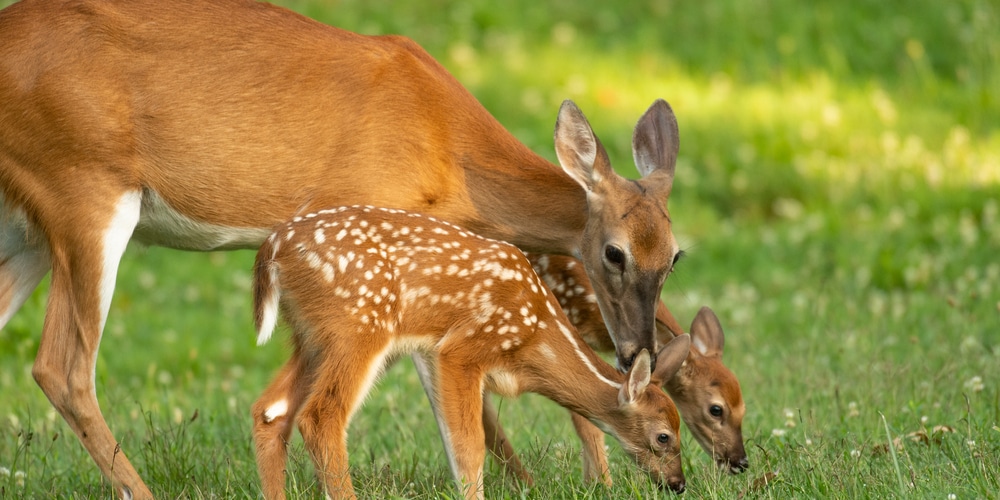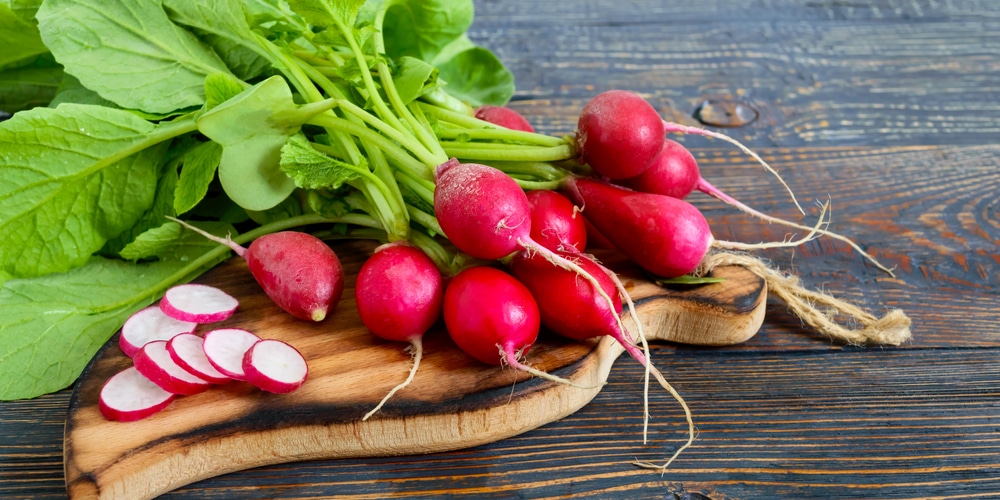Each year, as the leaves begin to change color and the air grows crisp, hunters across the country gear up for deer season. For many, deer hunting is more than just a chance to bag a trophy buck – it’s a tradition that has been passed down for generations.
In fact, for many families, deer hunting is the only time of year when they get to spend extended periods together in the great outdoors.
Part of the preparation for deer hunting season is preparing a food plot. A food plot is an area of land where hunters plant crops to attract deer. While some food plots may contain one type of crop, some like to mix things up a bit by planting various crops.
This not only attracts more deer to the area but also provides the deer with a varied diet. Not into hunting? Food plots also provide a great way to attract deer to your property for observation. This makes it a great experience for the whole family, especially if you have young children.
Two of the most popular crops to plant for deer are radishes and turnips. So, which is better? Let’s take a closer look at both options to see which one comes out on top.
Turnips for Deer
Turnips are a great option for deer food plots. They are relatively easy to grow, and they provide. When planted at the right time, turnips are sumptuous enough to attract deer from miles around.
One of the biggest benefits of planting turnips is that they last a long time. In fact, turnips will often stay in the ground until early spring, when other food sources are scarce. This makes them a great option for late-season hunting.
While there are numerous turnip varieties, the purple-top turnip is the most popular for deer food plots. This variety has large leaves and a deep root system with a large, white bulb.
Because its bulb is widely exposed as the plant grows, the purple-top turnip is less susceptible to frost damage than other varieties. Additionally, this makes it easier for deer to gobble up the entire bulb and plant.
Turnips also last longer in the ground and continue to produce food for deer even as other plants are dying off.
Radishes for Deer
Radishes are a fast-growing crop often used as a cover crop or to attract deer to an area early in the season. Radishes grow quickly, and they are easily established from seed.
When it comes to attracting deer, radishes have a few things working in their favor. First, they are high in sugar, which is a deer favorite. Additionally, the tops of radishes grow above ground level, making them easier for deer to spot and eat.
Radishes also have a taproot – a deep root system full of nutrients. This deep root system helps aerate the soil, helping improve drainage and reduce compaction.
While it seems like radishes are preferred by deers above turnips, they tend to rot quickly and may not last as long in the ground.
Radishes vs Turnips for Deer: Which One Should You Plant?
If you’re going to choose just one, the answer mainly relies on your geography. Turnips are a good option for northern states, as they can survive colder temperatures and will last longer in the ground. Radishes, on the other hand, are a good choice for southern states as they require less time to mature.
However, if you have the space, we recommend planting both radishes and turnips. You can have radishes to help with soil, with turnips showing more productivity later in the season.
As both crops can be planted together, this will give you the best of both worlds. You’ll have a food plot that attracts deer early and late in the season, providing you with more opportunities to bag that trophy buck.
Growing Radishes and Turnips: Additional Tips
- While both crops are relatively easy to grow and maintain, there are some things you can do to ensure a successful yield.
- When planting either crop, be sure to wait until the soil has warmed to at least 45 degrees Fahrenheit. If you plant too early, the seeds may rot in the ground before they have a chance to germinate.
- Both crops need full sun and well-drained soil to grow properly. Be sure to till the soil and remove any rocks or debris before planting.
- Radishes and turnips are heavy feeders, so be sure to fertilize your plot accordingly. A general rule of thumb is to use 50 pounds of fertilizer per acre.
- Remove weeds and pests regularly to give your crops the best chance to thrive.


